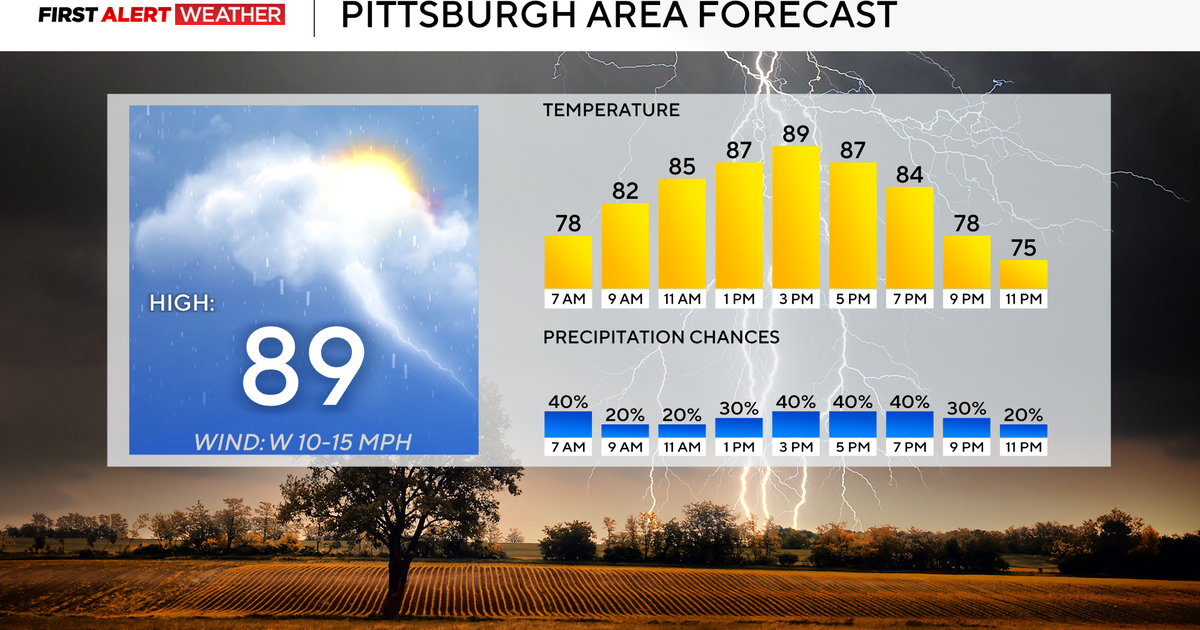Hey Ray! Using A Helium Balloon To Show How Science Works
PITTSBURGH (KDKA) -- Have you ever had a helium balloon in your car and notice that its movements are much different than you would expect? If you never noticed, it is certainly something to see.
It also has a lot of science behind it.
Much of this science we have talked about in Hey Ray segments, so let's put a few lessons together to figure out what makes a helium balloon act funny in a moving vehicle.
We recently talked about how air takes up space and has weight. This continued to a discussion about density, and how substances of different densities interact with each other.
Now we're going to put those principles together.
First, your vehicle is much like the pop or soda bottle we used in a previous experiment.
It is a container full of air. We know air takes up space and has weight, and that means it also moves like you do in a moving vehicle.
When you speed up, the air is pushed back, just like you're pushed back in your seat -- and when you stop quickly, the air moves forward, just like you do.
How do we REALLY know that is happening, though? This is where the helium balloon comes in.
A helium balloon shows all of this in action! A helium balloon floats because it is less dense than the air around it. In a previous experiment about density, we learned less dense objects float, denser things sink.
If we have a balloon filled with just air, it doesn't float, because the air is the same weight as the air outside of the balloon, and the weight of the balloon itself causes it to fall, or sink.
When a car is stopped, the balloon with regular air just hangs, and the helium balloon floats, as expected. Once you start moving, though, the science shows itself in action.
When we speed up, we feel like we're pushed back in our chairs, but scientifically, we are being pushed by the car because our bodies want to stay at rest, until the outside force is pushed on us.
This is the same with the air in the car. You can see this with the regular balloon being pushed back like our stuffed animals.
Look at the helium balloon, though. It actually moves forward, the opposite of everything else.
What you're doing is pushing more air molecules to the back of the vehicle when you accelerate, just like your body pushes back.
This means the most dense air is while you are accelerating is in the back of the car, because that is where the most air molecules are "pushed."
Since the helium balloon is less dense, it moves towards the less dense air in the front of the car.
All of this is reversed when you hit the brakes. Our bodies and the air molecules want to continue moving forward, making the air density greater at the front of the vehicle.
This causes the less dense helium balloon to move toward the back of the car where the air is less dense.
Now that you have seen this happen, you'll never "unsee" it, and now that you know the science behind these movements, it will be a little less weird!










